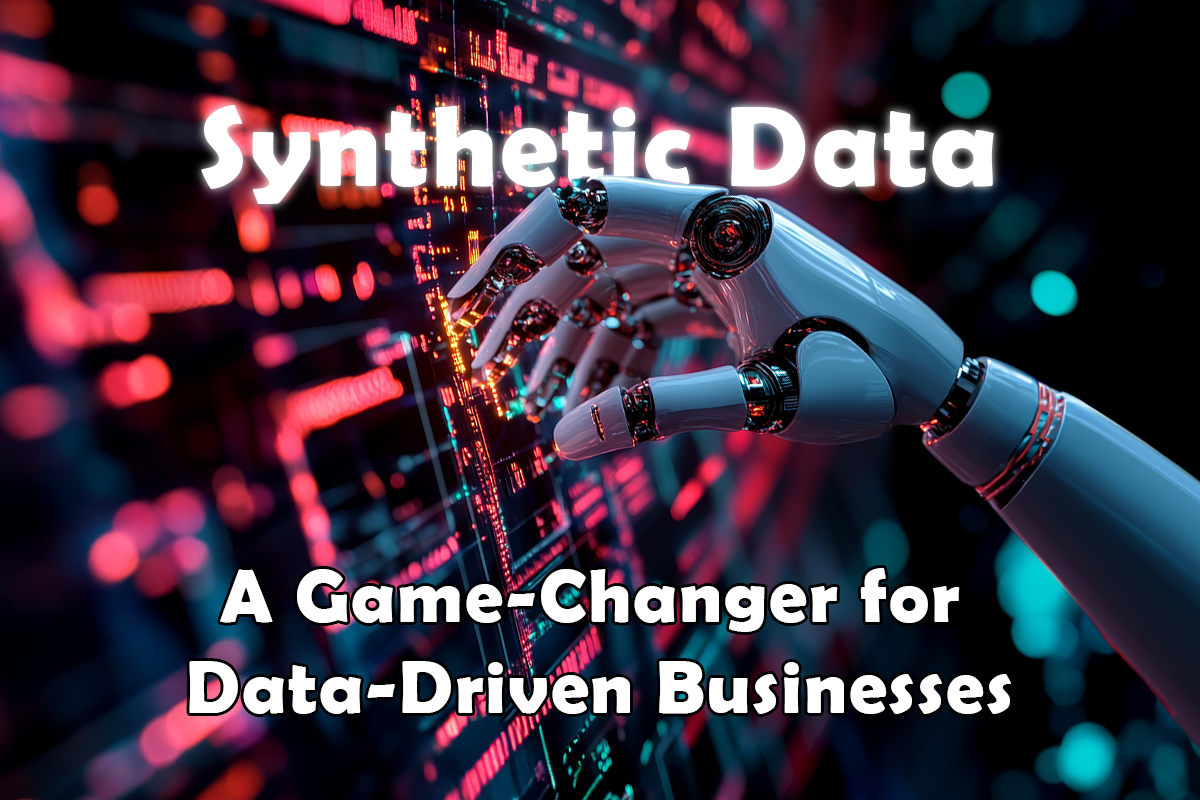Imagine having access to endless high-quality data without the hassle of collecting, labeling, or worrying about privacy. That’s the promise of synthetic data. It’s like creating a digital version of real-world data but without the constraints.
Synthetic data is produced by algorithms that replicate patterns and characteristics of real data, allowing businesses to generate large datasets even when real-world data is limited or sensitive. This makes it especially useful for training AI models and handling sensitive information without violating privacy concerns.
Read Here: The Geopolitics of Technology: Shifting the economic landscape of India
What is Synthetic Data and How Does It Work?
It is a computer-generated copy of real-world data. Using algorithms, it mimics the behavior and traits of real information. These smart algorithms, known as deep generative models, analyze real-world data to understand its patterns and then create new, artificial data that looks and behaves like the original. It’s like teaching a machine to paint in the style of a famous artist and having it create its own artwork.
Businesses use these data when real data is scarce, expensive, or too sensitive to handle. This approach provides a large amount of usable data while ensuring privacy and reducing costs.
Types of Synthetic Data
There are three types:
- Partial : Real data is mostly used, but sensitive parts are replaced with synthetic data to protect privacy.
- Full : The entire dataset is artificial, ideal for privacy-focused situations.
- Hybrid : A blend of real and artificial data, offering a balance between privacy and utility.
It is a valuable solution when real data is hard to come by. As technology advances, it will play an even greater role in AI, addressing ethical concerns and expanding possibilities. If data limitations are affecting your AI projects, synthetic data could be the solution.
Advertisement




